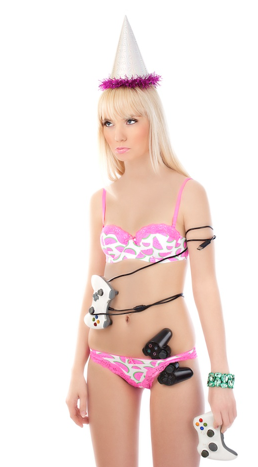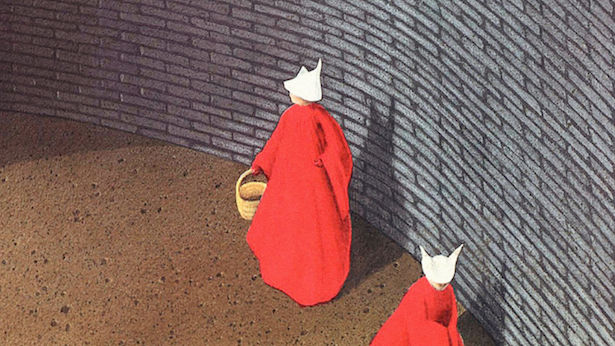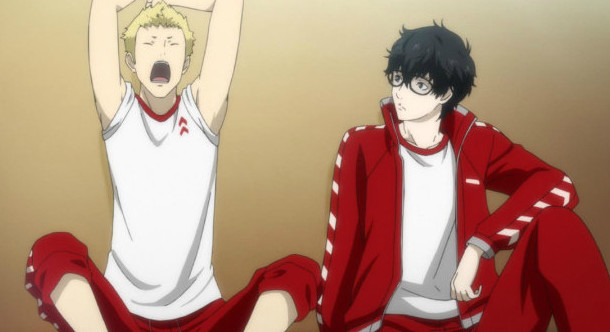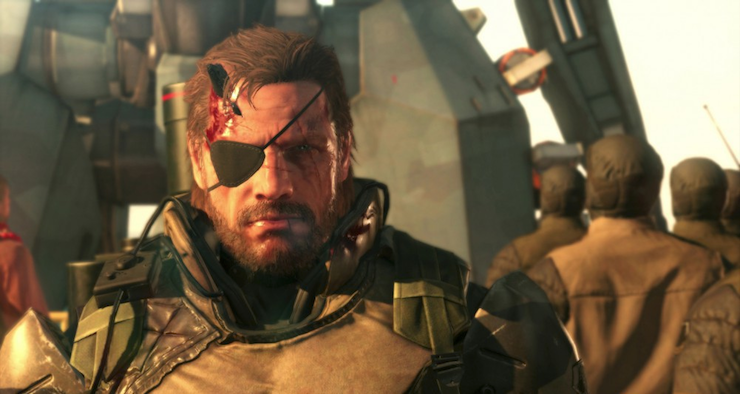Recently I had a conversation with someone who mentioned that game developers were afraid to incorporate more diversity – specifically, in this instance, female characters – in video games. He went on to explain that, in their eyes, the costs often outweigh the benefits for them. No matter what they do, someone would find fault with the representation they created. So that fear, he proposed, deters them from creating female characters and is an enormous burden in the design process. He even went on to say that someone he knew – a female designer, mind you – received criticism over the design of a female video game character. That fear, the fear of making a mistake and misrepresenting a group of people, the fear of not properly taking into account the unfamiliar experiences people of totally different backgrounds than your own might live through, even just the fear of embodying the role of someone completely not like yourself in the most basic ways, can be crippling. I should know, I’ve experienced my fair share of it. But giving into the fear and letting it prevent you from creating characters and situations that are inclusive of all gamers.
I had decided to make a genuine effort to increase the diversity in my fiction. Admitting that my characters had been plagued by whiteness, I thought I’d jump head in and create a set of characters with more diverse and realistic racial and ethnic backgrounds and the like. But after I started writing, I begun to second guess myself. Was I incorporating this character’s culture enough? This one’s first language wasn’t English, was I supposed to write in a different language even if it meant using bad Google Translate? That one had and was going to continue to have racism-related microaggressions – was I overdoing it? I wanted The last thing I wanted to do was accidentally slip into stereotypes, misrepresent the cultures I was trying to portray, or trivialize any aspect of their lives. Then at the peak of my worries I was told by a woman of color that I perhaps shouldn’t incorporate these things in the novel at all.
I slipped into anxiety. I second guessed my characters’ designs. At one point I did wonder if it was worth it if my attempt would just lead to another example of poor representation for characters of these races. I didn’t want to make the problem worse. I was suffering from the Fear; the Fear that one might be doing more harm in their desire to increase diversity han they are doing good.
Although I’m not implying that every instance of a lack of diversity in a game can be accrued to the Fear and as much as I dislike making excuses for these oversights, it’s hard not to sympathize. The Fear can be crippling, especially if you have received criticism in the past. It can convince you that adding diversity to your creation is perhaps not worth doing and that it would just open up the channel for backlash.
But, at least from my experience and from the opinion of others who find their demographic lacking representation in any given medium really, giving up and not including it at all is the worst thing that could be done. Of course creating and writing characters of a different race, gender, sexual preference, or physical/mental ability is difficult. It requires an immense amount of research. Part of this involves consulting the people you’re trying to portray – it is ultimately them who are best able to give consultation and determine if any part of the representation is problematic – and bring them onto the project. Feeling uncomfortable is to be expected; after all, you are creating a character that is distinctively not you and who experiences different societal discrimination, expectations, and outlooks.
Even after doing all this there is still a fair chance that some aspect of your character will not properly represent everyone of a chosen demographic. This, I’ve learned, is almost inevitable to some degree. Not everyone, even within the same demographic, will agree with the way they are being represented in a character. That’s why, as I explained to the person I mentioned at the beginning of the post, just because a woman is designing a female character doesn’t mean that it can’t still involve a problematic representation of women. Some female gamers might not see a problem with the female character fighting in heels and a bathing suit, but that doesn’t mean there still aren’t plenty who do. That, for example, points out that having one woman on a team designing a female protagonist will not inherently represent the opinions of all female gamers; instead, bringing multiple women on to develop the character or game would better ensure a non-problematic representation.
Ultimately, in the end I’d argue that putting forth a sincere effort to create a proper representation of a character of a certain demographic is infinitely better than defaulting to the overused, scruffy white male protagonist because of a fear of criticism. I, for instance, would like to see a slightly problematic female protagonist than go without one at all. Then, even if something does go wrong, a precedent is still set that can be built upon and improved. Because is “good enough” really ever the note you want to end on?





2 thoughts on “Is It Ever “Good Enough”?”
I’m teaching a course on Rhetoric and Gaming this semester, and we are doing a unit on representations of race, gender, and class in games. We’re working from Sarkeesian’s videos. I am wondering–is there a resource you would recommend for designing strong female characters? So far I have found a few useful guides via Google searches, and helpful reddit forum (http://www.reddit.com/r/GirlGamers/comments/2c7aja/a_question_about_female_character_design_from_a/), but I am wondering what resources this community would point to.
Hi, Marc. I’m not an NYMG writer, but I am a woman, a writer, and a gamer, so maybe I can offer some perspective.
First, I would identify some common problems with the writing of female characters in the industry. I would broach the trifecta of sexualization, objectification, and dismissal, along with stereotyping. Less abstractly, this translates to women in scanty costumes (and the poses!) vs. equipped men, sex workers, and female characters as “support” characters (in RPG parties or as props to or sometimes *the* quests, e.g. in GTA where sex with workers restores health) and victims. Sarkeesian provides a lot of examples. It’s also good to address stereotypes pervading media more generally, e.g. women as more gentle, emotional, moral, followers, family- and person-oriented, fashionistas, etc. I.E.: needs more anti-heroines and Bruce Willises.
Once one addresses the tropes that they’ve absorbed from years of media consumption, we can then counter them. We can also avoid checking every box on the shallow characterization list by complicating some of the above portrayals. Often that means mashing together something considered traditionally considered masculine and something considered feminine, e.g. an action heroine who likes Jane Austen. (See UFC fighter Gina Carano.) One of the best ways to avoid the burden of representation, or the Fear described here, is simply to write multiple and diverse portrayals of female characters or characters of X ethnicity on varying points of the spectrums of race or gender. Keep delineations subtle rather than rigid and vast. Don’t tokenize or unwittingly unicorn a character, e.g. one NASCAR driver to fifty Southern belles. So it’s a matter of numbers as well. Games students love numbers, don’t they? Women’s presentation should differ, even better if it differs within one character. Assassin’s Creed: Liberation is an excellent example. Check out Aveline’s clothes. (A+++ to that designer.) Give female characters leading (and I mean, leading, even if it’s not their official title in-story) roles or give them engaging, vital speaking roles, and make sure approximately half your extras are female. The film industry’s a good comparison: https://www.nyfa.edu/film-school-blog/gender-inequality-in-film/
Develop secondary characters. This is a good rule of thumb for any writing, and it avoids women appearing insignificant props on the Road to the Hero’s Greater Purpose. Give them objectives and dreams. What do they want, and what’s their internal struggle? Consider borrowing objectives commonly attributed to men, e.g. in Japanese animation, a popular objective for male characters is “I want to be the strongest.” When a male character exhibits this struggle, it’s a reinforcement of a cultural ideal of masculinity (and a lot of subconscious pressure). When a female character says this, it’s new and interesting. Characters may be conscious of gender norms, they may not, they may be conscious of *some* unfairness and not aware it’s gender or a norm. Start from a germ that isn’t gender, e.g. hobby, region, profession, etc. That will often inform their character more than gender. I’ll stop there before I hijack this anymore, but thanks for asking, Marc, and if you want more concrete examples of any of the above, etc., feel free to ask.